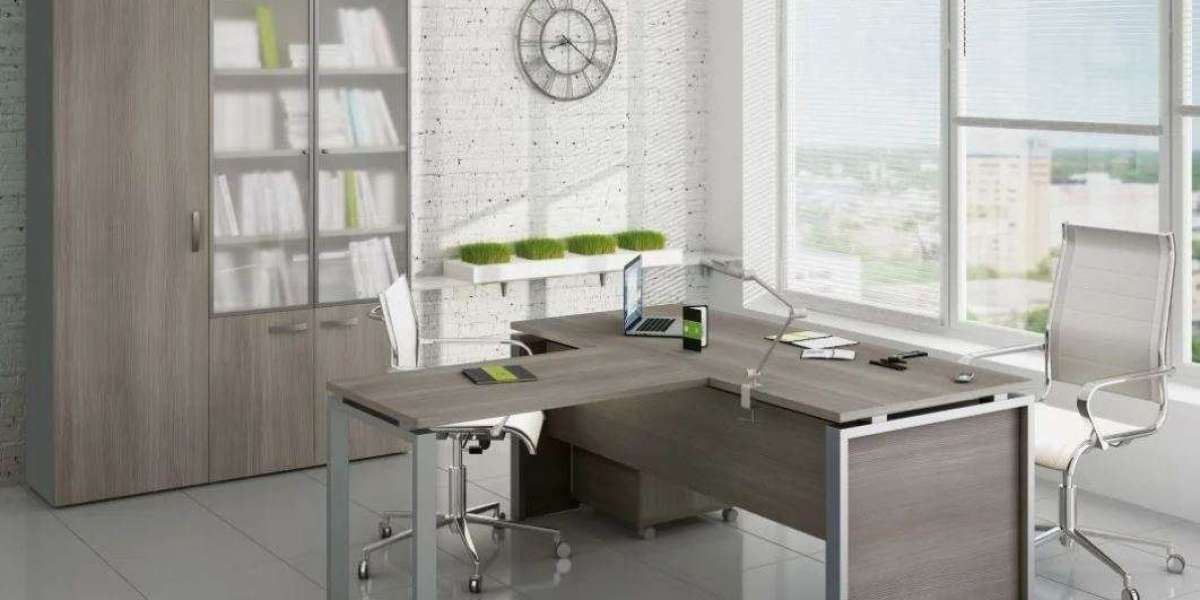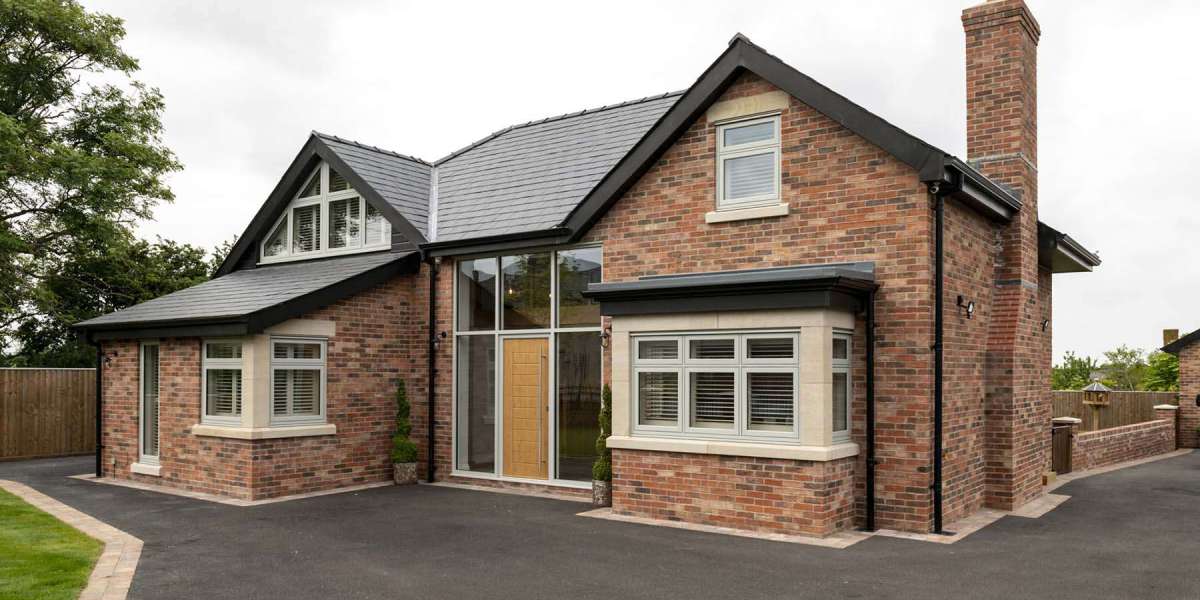In today’s fast-paced corporate environment, the physical workspace is more than just a necessity—it is a reflection of brand identity, leadership style, and functional innovation. Among the most critical elements of this environment is the executive table design, a pivotal piece of office furniture that defines the tone of leadership and professionalism. Over the years, executive desks have evolved from large, clunky, and traditional setups to sleek, ergonomic, and tech-integrated masterpieces. They are no longer just work surfaces; they are strategic investments that influence productivity, creativity, and corporate culture. As remote work and hybrid models continue to shift how offices function, executive tables are being reimagined to offer flexibility, style, and superior comfort without compromising on authority.
Importance of a Well-Designed Executive Table
A thoughtfully planned executive table design plays a significant role in shaping workplace efficiency and aesthetics. Executive desks serve as the cornerstone of managerial and C-suite offices, embodying power, confidence, and leadership. However, design is not merely about looks; it's about utility as well. Today’s executives need workspaces that cater to multitasking, collaborative sessions, video conferencing, document storage, and even moments of focused solitude. This makes factors like table size, surface materials, integrated technology, and ergonomic support crucial in the design process. Tables made from rich wood tones or sleek glass finishes paired with soft-close drawers, built-in cable management, and adjustable heights now dominate the market. A great executive desk not only complements the office interior but also elevates the user’s experience through efficiency, durability, and comfort.
Key Features to Consider in Executive Table Design
When selecting or customizing an executive table design, there are several features that should be prioritized. Firstly, ergonomics is a fundamental aspect. Executives spend long hours at their desks, making it essential for the table to support good posture and minimize strain. Adjustable heights, footrests, and desk shapes like L-shape or U-shape allow users to personalize their workspace. Secondly, built-in storage is important for keeping documents, gadgets, and accessories neatly organized. Having lockable drawers and intelligent compartmentalization helps maintain privacy and reduce clutter. Another key consideration is wire management. With multiple devices in use—monitors, laptops, phones, and tablets—executive desks must include built-in cable organizers to avoid tangled wires and maintain a neat appearance. Lastly, aesthetics should not be overlooked. From minimalist Scandinavian styles to luxurious mahogany finishes, the executive table design must reflect both the user’s personal style and the company’s brand ethos.
Trending Styles in Executive Table Design
Modern-day executive table designs are strongly influenced by emerging trends in office design, especially the fusion of residential comfort with workplace functionality. Minimalism continues to dominate, with clean lines, neutral tones, and clutter-free surfaces being the hallmarks of many executive workspaces. Scandinavian-inspired designs, which incorporate natural wood textures, light hues, and ergonomic principles, are highly sought after for their simplicity and warmth. On the other end of the spectrum, high-gloss black or dark walnut executive desks with chrome accents offer a bold, authoritative presence suited for high-powered environments. Integrated technology is another trend gaining traction. Executive desks now come equipped with wireless charging pads, USB ports, monitor arms, and even built-in power sockets, allowing executives to work seamlessly without interruption. The use of sustainable materials is also becoming popular as businesses strive to reduce their carbon footprint and align with environmentally responsible values.
The Role of Customization in Executive Office Design
Off-the-shelf executive desks may not meet the unique needs of every leadership role. That’s why customized executive table design solutions are growing in popularity. Custom desks allow organizations to incorporate brand-specific elements, space-saving layouts, and personalized storage configurations. Whether it’s choosing exotic veneers, integrating company logos, or specifying the dimensions for a perfect corner fit, customization ensures that the executive table becomes a true reflection of its user’s personality and function. Modular executive desks are especially useful in dynamic office environments where teams frequently collaborate. These can be reconfigured for meetings, solo work, or presentations without sacrificing elegance or professionalism. Additionally, some high-end designers are even exploring smart desks that adjust lighting and table height automatically based on the user’s preferences and work patterns. Customization also enhances longevity, as a well-designed executive desk tailored to specific requirements is more likely to remain functional and relevant for years to come.
Choosing the Right Executive Table for Your Space
Selecting the ideal executive table design for an office requires careful consideration of the space available, the user’s workflow, and the company’s overall aesthetic. In smaller offices, a compact yet elegant desk with vertical storage solutions might be more appropriate. For larger executive suites, a grander U-shaped or double-pedestal desk can create a powerful visual impact. The room's lighting, flooring, and wall colors should also complement the table’s materials and finish. Additionally, it's crucial to take the executive's daily routine into account. Someone who regularly meets with clients or team members may benefit from a table that offers more surface area and integrated meeting spaces, while someone focused on deep, uninterrupted work might prefer a more enclosed layout. Comfort, convenience, and branding all play vital roles in this decision-making process. A well-chosen executive desk is not just furniture—it becomes the epicenter of leadership, productivity, and inspiration.
Conclusion: Elevate Your Office with Premium Executive Table Design
In conclusion, the modern executive table design is a blend of form, function, and innovation. It represents far more than a place to work—it’s a status symbol, a productivity hub, and a tool for strategic thinking. Businesses that invest in high-quality executive desks are investing in their leadership and brand identity. From ergonomics and aesthetics to smart technology and sustainability, the elements that make up a great executive desk are multifaceted and impactful. By staying up-to-date with design trends and focusing on customization, companies can create executive workspaces that are not only visually impressive but also highly efficient and future-ready. For those looking to redefine their executive space with timeless elegance and modern flair, Office Furniture offers expert solutions that balance style with substance, helping you create a commanding presence in any corporate setting.







